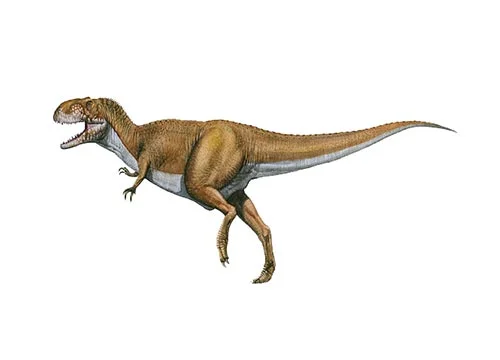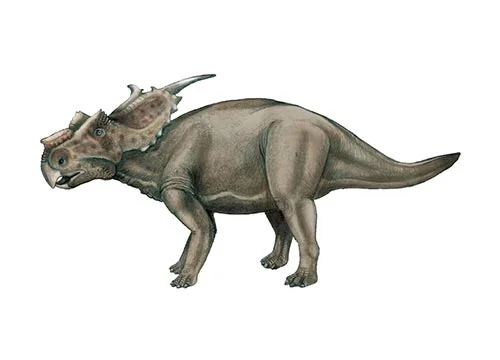Quetzalcoatlus (from Quetzalcoatl)

Kwet-zal-co-at-las
Douglas A. Lawson - 1975
Carnivore
Estimated about 10-11 meters wingspan
Pterosaur
Q. northropi (type)
U.S.A., Texas, Javelina Formation, Big Bend National Park
Late Cretaceous, 68-66 million years ago
Quetzalcoatlus Facts
Quetzalcoatlus is a genus of pterosaur, a group of flying reptiles that lived during the Late Cretaceous period, approximately 68 to 66 million years ago. The genus name, Quetzalcoatlus, is derived from the Mesoamerican deity Quetzalcoatl, who was often depicted as a feathered serpent.
Quetzalcoatlus was one of the largest flying animals that ever existed, with an estimated wingspan of up to 10-11 meters (33-36 feet) and a weight of around 200-250 kilograms (440-550 pounds). Its wings were long and narrow, with a span that was greater than that of any known bird. It likely relied on updrafts and thermal currents to stay aloft for extended periods of time, much like modern-day albatrosses and other large seabirds.
Although Quetzalcoatlus was a pterosaur and not a dinosaur, it is often included in discussions of prehistoric life due to its impressive size and unique adaptations for flight. Its long, toothless jaws were well-suited for catching fish and other small prey, and its long neck and sharp beak may have also been used for scavenging. Despite its enormous size, Quetzalcoatlus was a relatively lightweight animal, with a thin, hollow bone structure similar to that of modern birds.
The discovery of Quetzalcoatlus has provided valuable insights into the diversity and ecology of the Late Cretaceous period, and has sparked continued interest in the study of pterosaurs and other prehistoric flying creatures. Although many questions about Quetzalcoatlus and other pterosaurs remain unanswered, ongoing research and discoveries are shedding new light on these fascinating and enigmatic animals.



